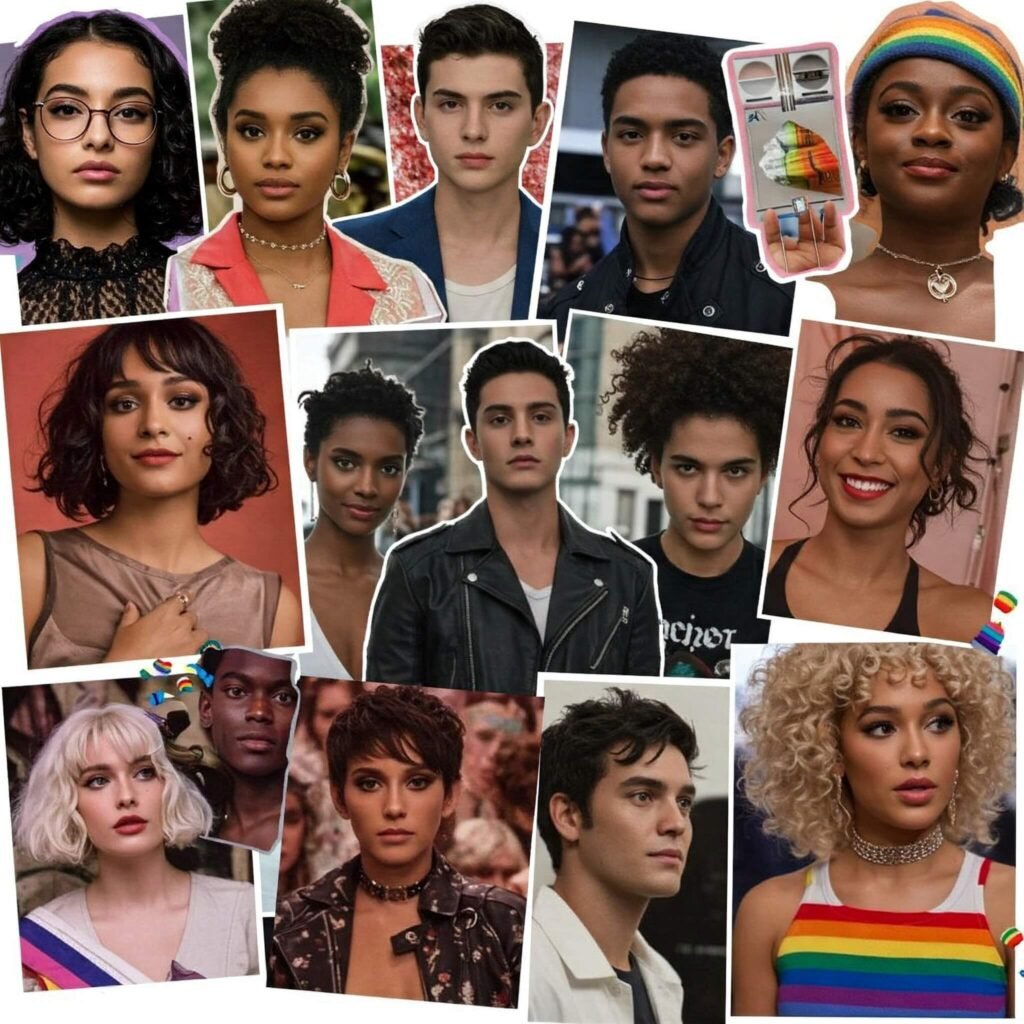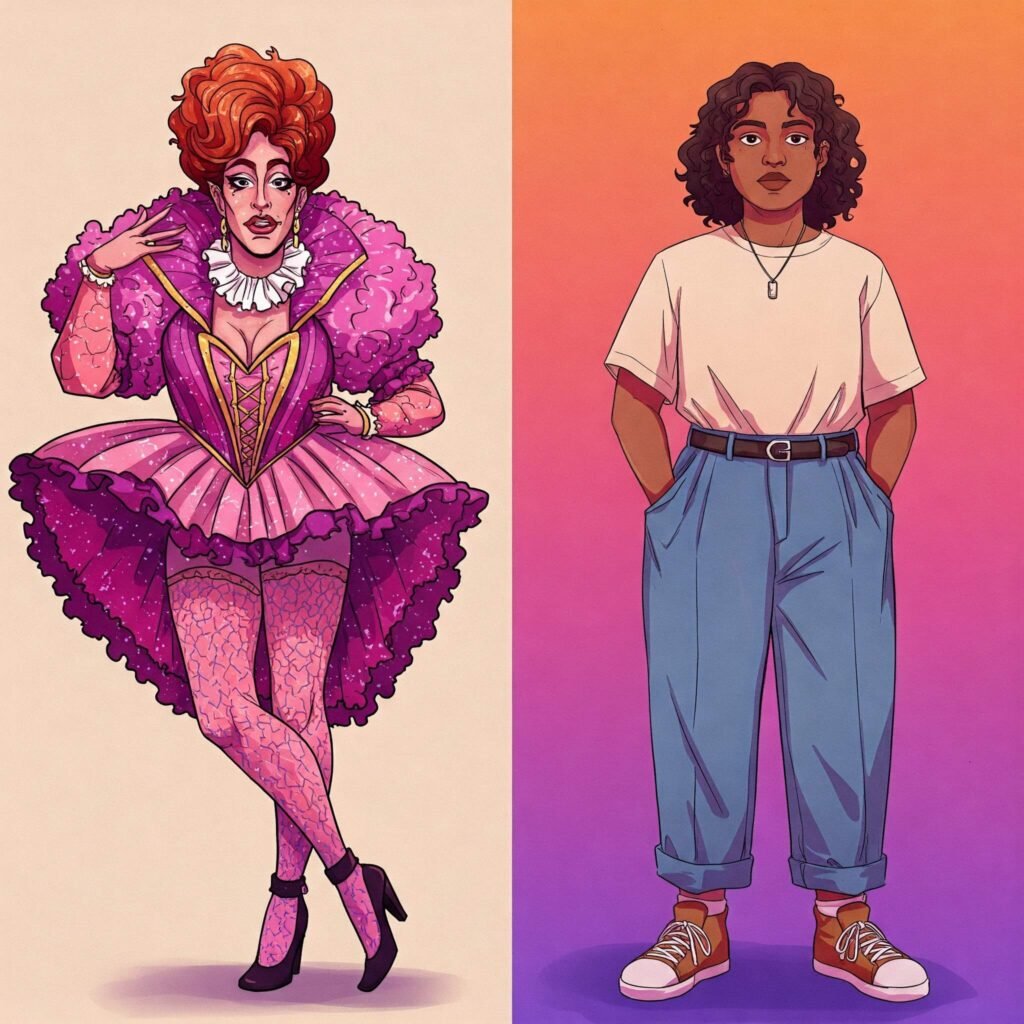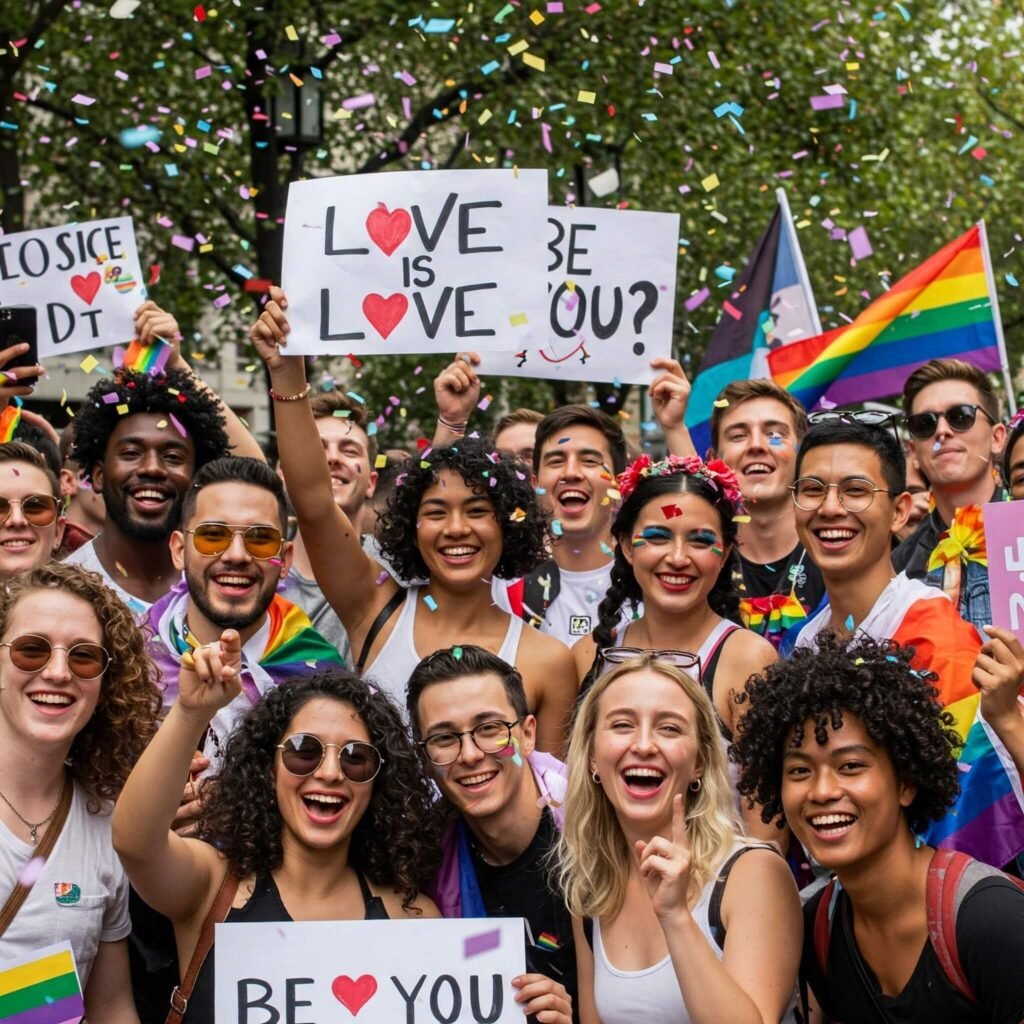The media’s impact on LGBTQ+ perceptions is profound, shaping how society views queer identities through TV, news, and film. This blog explores how media influences attitudes, reinforces stereotypes, and offers opportunities for positive change, providing actionable insights for readers.
Why Media Representation Matters
The media’s impact on LGBTQ+ perceptions is undeniable, as it shapes societal attitudes through representation. Positive portrayals in shows like Pose foster empathy, while negative ones can fuel prejudice. A 2023 GLAAD study found 80% of Americans support LGBTQ+ rights after exposure to inclusive media.
- Cultural Impact: Authentic stories promote understanding.
- Social Influence: News framing sways opinions on issues like marriage equality.
- Visibility: Diverse representation boosts acceptance.

Media’s Impact on LGBTQ+ Perceptions Through Stereotypes
Stereotypes in media often reduce LGBTQ+ individuals to one-dimensional roles, like the flamboyant gay sidekick or tragic queer figure. These tropes limit complexity and reinforce biases. A Pew Research study notes 60% of LGBTQ+ youth feel media stereotypes harm their self-image.
Common Stereotypes
- The Comic Relief: Queer characters used for laughs, lacking depth.
- The Tragic Figure: Stories fixated on suffering, like Brokeback Mountain.
- The Hypersexualized Character: Overemphasis on sexual identity.

News Media’s Role in Shaping LGBTQ+ Perceptions
News outlets amplify the media impact on LGBTQ+ perceptions through framing and language. Sensationalized headlines or biased terms like “lifestyle” distort realities. During the 2015 marriage equality debate, some outlets overemphasized opposition, skewing public views.
Challenges in News Coverage
- Sensationalism: Prioritizing controversy over everyday lives.
- Lack of Diversity: Underrepresenting trans and nonbinary voices.
- Bias in Language: Using outdated or harmful terms.
Outlets like The Advocate are shifting toward authentic storytelling.
Opportunities for Positive Media Impact
The media’s impact on LGBTQ+ perceptions can be transformative with intentional efforts. Inclusive narratives, like those in Heartstopper, highlight queer joy. A 2024 Nielsen report found inclusive ads boost brand favorability by 25% among younger audiences.
- Inclusive Storytelling: Prioritize diverse, authentic narratives.
- Hiring Queer Creators: Ensure accurate portrayals.
- Challenging Norms: Normalize queer families in ads.

Actionable Takeaways for Consumers
You can shape the media’s impact on LGBTQ+ perceptions:
- Support Inclusive Content: Stream shows with authentic representation.
- Call Out Bias: Engage media outlets on platforms like X.
- Amplify Voices: Share LGBTQ+ creators’ stories.
Conclusion
The media’s impact on LGBTQ+ perceptions is a double-edged sword, capable of reinforcing stereotypes or fostering acceptance. By demanding authentic representation and supporting inclusive content, we can drive positive change.





























